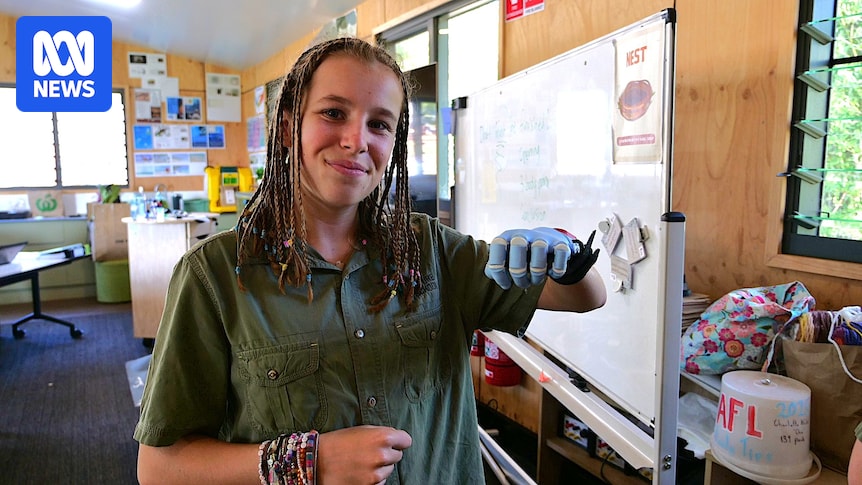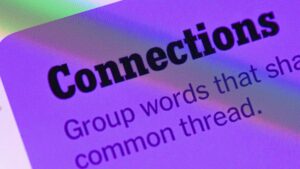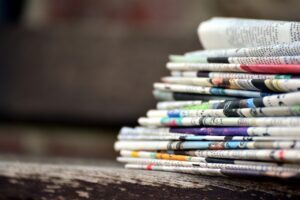
What began as a personal project for Lois Agnello, a 13-year-old student at The Nature School in Port Macquarie, has blossomed into a collaborative initiative that is capturing international attention. Born with only part of her left hand, Lois approached her science and technology teacher with a simple yet ambitious idea: to use the school’s 3D printer to create a prosthetic hand.
“Being born without a hand doesn’t really stop me,” Lois expressed with determination. “I wanted to create my own hand with my friends so I could show them what it’s like.”
Lois had been using a prosthetic hand since she was eight, but the opportunity to design and print her own was a new frontier. Her teacher, Lloyd Godson, noted the immediate interest from her classmates after Lois shared a video about her hand. “It really struck a chord with a bunch of her peers,” he said.
From Concept to Creation
The students accessed an open-source design from Free 3D Hands, an Australian charity, and embarked on a journey of innovation. Over three months of lunchtime meetings, they experimented with various materials and techniques, culminating in the assembly of their first 3D-printed hand.
“We were all super excited about it,” Mr. Godson remarked, highlighting the students’ enthusiasm and dedication. “It was a big learning curve — most of them had never used a 3D printer before.”
The initial prototype, though basic, was functional. Triggered by upper-arm activity through a plastic wrist, it could pick up and move objects. Lois was thrilled with the result. “I was like, ‘Oh my god this is crazy,'” she said. “Like, I didn’t even know if it would work.”
Advancing the Design
Since the initial success, the students have collaborated with Free 3D Hands to refine their design, producing three more advanced versions. Their current focus is on enhancing the comfort of the prosthetic.
Mat Bowtell, founder of Free 3D Hands, praised the students’ involvement. “They were very enthusiastic in being a part of the brainstorming process in regard to what we might be able to improve in the next design,” he said.
Student Wren McDowell expressed her joy in the design process and helping others. “It makes me feel pretty good, because we are designing loads of different styles,” she said. Joel Banwell, another student, shared his excitement about improving the hand. “I felt fairly good that Lois was able to get a hand that worked and it made me want to make one that was even better,” he said.
Global Recognition
The project has been selected to represent Australia at the Be the Change Summit in Japan, a platform for young leaders to present solutions to global challenges such as climate change and inequality. Mr. Godson is excited for Lois to share her story with a global audience.
“To see her in Tokyo talking about her limb difference and how Mr. Bowtell’s work had helped her and others would be incredible,” he said. Lois hopes her story will inspire others. “Other kids will be like, ‘Woah, that’s cool — like, can I try that?'” she said.
Looking Ahead
The initiative not only highlights the potential of 3D printing in prosthetics but also underscores the power of youth-led innovation. As the students continue to refine their designs, they are contributing to a growing movement that seeks to democratize access to prosthetic technology.
With the upcoming summit, Lois and her classmates are poised to inspire a new generation of innovators. Their journey from a simple idea to international recognition serves as a testament to the impact of creativity and collaboration in solving real-world problems.






